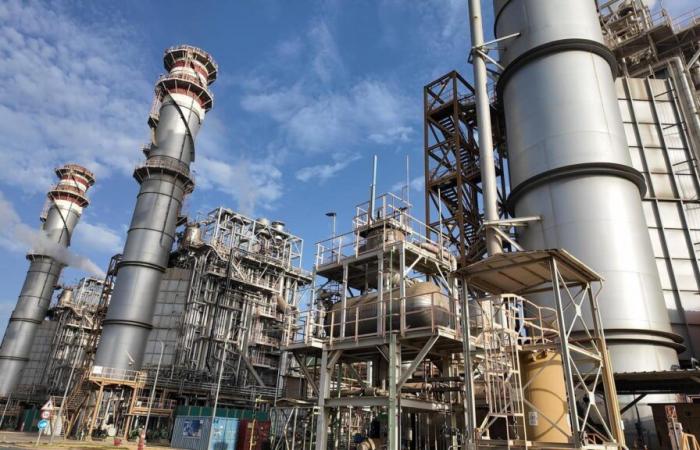He Gas sector in Spain Breast after the blackout which left the entire Iberian Peninsula on April 28. In the hours following ‘electric zero’ they represented more than 40% of the operational power during the system recovery phase. That is, between Monday 28 and Tuesday 29.
They even contributed A 48% peak of the total electricity supply at 6.30 pm on Tuesday 29, and 36.5% of the total generation of energy produced during that same day.
“In moments of maximum demand such as the lived, the continuity of the supply of natural gas and its immediate availability, together with the support offered by the technology of combined cycles to the stability of the electricity grid, consolidates it as an essential component of the energy mix in the transition to a more decarbonized model,” says the statement of Sedigas, the employer of the sector.
Therefore, taking advantage of the demonstration of its usefulness at such dramatic times as a general blackout, Sedigas wants to relevant the need to accelerate the launch of a Capacity market For combined cycles.
“To this pressure is added the rise of new infrastructure with high energy demands, such as data centers, and the still incipient battery capacity as a backup system,” he adds.
Future of cycles
“You have to wait to see what has happened, you have to wait for the conclusions to know the causes and how to ensure that events of this size do not occur again, and so we can know how we can contribute to a system in whose management there are great professionals,” he says on his part Joan Batalla, president of the employerin an encounter with the media prior to your Annual meeting this Thursday, May 8.
The Spanish Gas Association defends that the incident “has once again highlighted an incontestable reality: the gas system is an essential pillar for the safety and stability of the national energy system.”
In this context, “the combined cycles are erected as a robust and solvent technology capable of providing the firmness and flexibility required by the electrical system, thanks to its rapid modulation and starting capacity.” The PNIEC (National Energy and Climate Plan) reflects its essential role with its 26.6 GW as support for renewable generation, but battle does not consider that there will be an increase in capacity in the coming years.
In this sense, it emphasizes that, in moments of maximum criticality, such as the one lived yesterday, the natural gas “remains a firm, flexible and safe energy source, which guarantees the supply when it is most needed.”
“The energy transition is built on supply safety,” says Sedigas, and affects that natural gas, renewable gases and gas infrastructure “are strategic and essential to offer that guarantee.”






